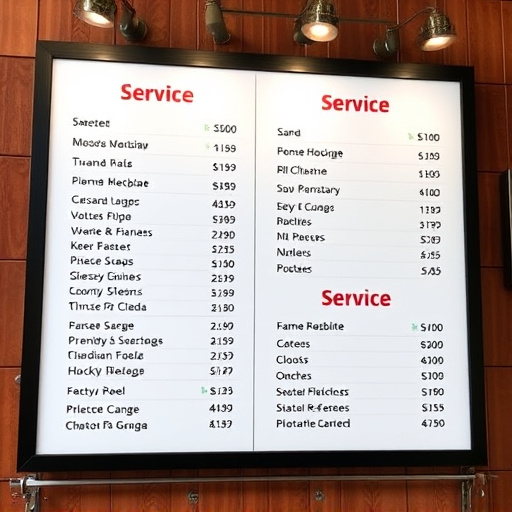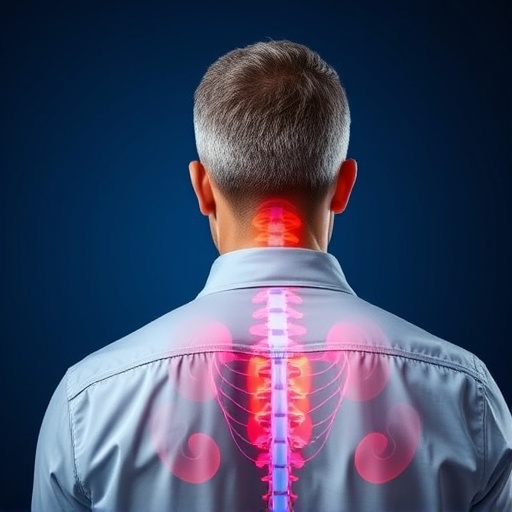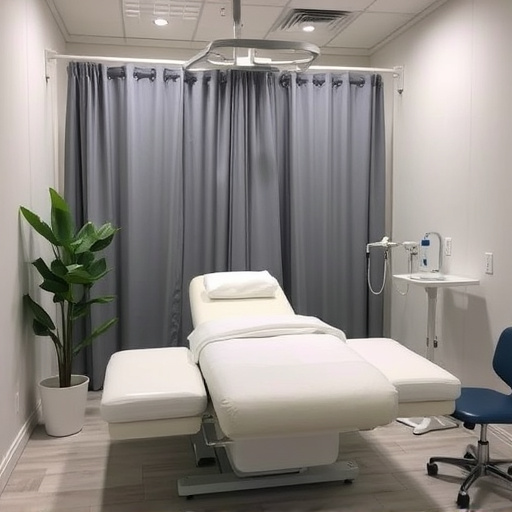Modern vehicle technology leverages the self-learning adaptation phase, crucial for engine computers (ECUs) to optimize performance. The ECU analyzes sensor data and adjusts parameters like fuel injection and ignition timing, ensuring peak air-fuel mixture delivery. This process allows engines to learn under various conditions, resulting in improved performance, better fuel economy, and reduced emissions. Engine computer adjustments for intakes, through advanced algorithms controlling air/fuel ratios and valve timing, are key to achieving both enhanced performance and increased engine longevity. Timely calibration ensures accurate interpretations of sensor data, preventing inaccuracies that can lead to inefficient combustion, reduced performance, and potential damage, ultimately enhancing reliability and fuel efficiency.
“Unraveling the mysteries of self-learning periods in modern engines is a fascinating journey into the heart of automotive technology. This article delves into how engine computers adapt and optimize performance through dynamic self-learning mechanisms. We explore the critical role of these periods in enhancing intake optimization, ensuring precision in engine adjustments for intakes, and maintaining overall efficiency. By understanding this process, we can appreciate the intricate evolution of internal combustion engines.”
- Understanding Self-Learning Periods: Unveiling the Engine Computer's Adaptability
- Engine Intake Optimization: How Self-Learning Adjustments Enhance Performance
- The Impact of Timely Calibration: Ensuring Engine Computer Accuracy During Self-Learning Phases
Understanding Self-Learning Periods: Unveiling the Engine Computer's Adaptability

The self-learning period, or adaptation phase, is a crucial aspect of modern vehicle technology, particularly in the context of engine computers and their ability to optimize performance. This period allows the engine control unit (ECU) to learn and adjust to various driving conditions and engine load scenarios. By continuously monitoring and analyzing sensor data, the ECU makes precise adjustments to critical parameters like fuel injection, ignition timing, and air/fuel ratios.
During this learning phase, the engine computer adjusts for intakes, ensuring optimal air-fuel mixture delivery. It learns the specific responses of the engine under different loads, temperatures, and speeds, enabling more accurate and efficient control. This adaptability is what leads to improved performance, better fuel economy, and reduced emissions, showcasing the intricate balance between engine efficiency and environmental sustainability.
Engine Intake Optimization: How Self-Learning Adjustments Enhance Performance

In modern vehicles, self-learning capabilities in engine management systems have revolutionized performance and efficiency. One notable area of improvement is engine intake optimization, where sophisticated algorithms adjust various parameters to enhance combustion efficiency. These engine computer adjustments for intakes involve precise control over air/fuel ratios, valve timing, and even the shape of the intake ports. By continuously learning from driving patterns and environmental conditions, the engine computer can make real-time adjustments to optimize air intake, leading to improved power output and reduced fuel consumption.
This dynamic process ensures that the engine operates at its peak performance under all circumstances. For instance, during acceleration, the self-learning system might tweak intake settings to maximize airflow, resulting in faster and more responsive acceleration. Conversely, in stop-and-go traffic or at steady speeds, it can optimize for fuel efficiency by fine-tuning intake parameters to minimize unnecessary energy wastage. Such self-learning adjustments not only contribute to enhanced performance but also play a crucial role in achieving better overall engine longevity.
The Impact of Timely Calibration: Ensuring Engine Computer Accuracy During Self-Learning Phases

During self-learning phases, timely calibration plays a crucial role in ensuring the accuracy of an engine computer. This process involves precise adjustments to intake systems, enabling the computer to accurately interpret sensor data and make informed decisions about fuel injection, ignition timing, and other performance parameters. Timely calibration helps to prevent inaccuracies that can lead to inefficient combustion, reduced performance, and even damage to engine components.
By regularly calibrating the engine computer adjustments for intakes, vehicles can maintain optimal operating conditions. This not only enhances overall performance but also contributes to a smoother driving experience. Accurate intake calibration allows the engine to efficiently burn fuel, reducing emissions and improving fuel economy. It’s a fundamental step in ensuring the reliability and longevity of modern automotive systems designed to learn and adapt over time.
Self-learning periods in modern engines are a testament to the evolution of automotive technology. By optimizing intake processes through adaptive learning, the engine computer enhances overall performance. Timely calibration during these phases ensures accuracy, allowing for precise adjustments to intake systems, thereby maximizing efficiency and power output. Understanding and leveraging these self-learning capabilities is key to unlocking an engine’s full potential in today’s digital era.














